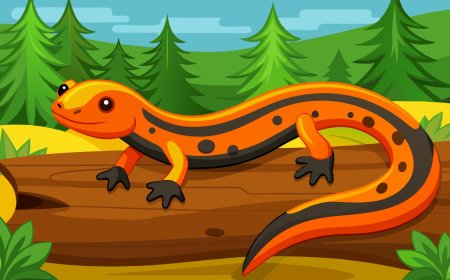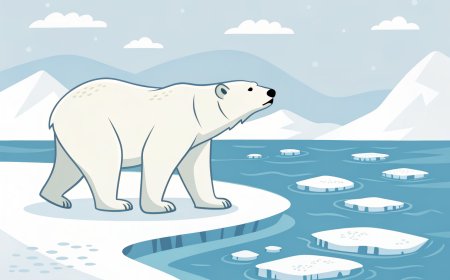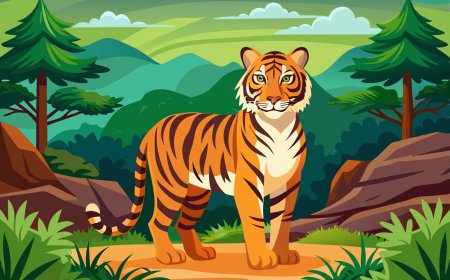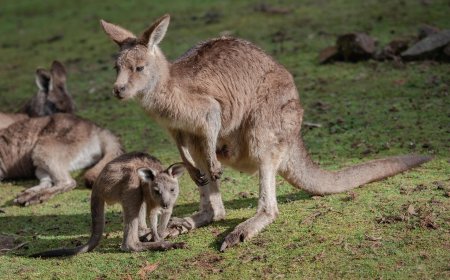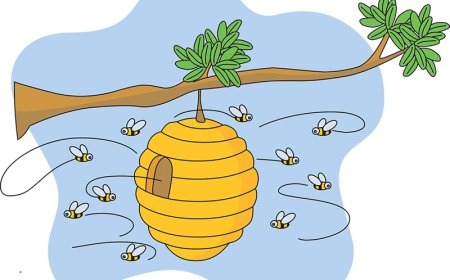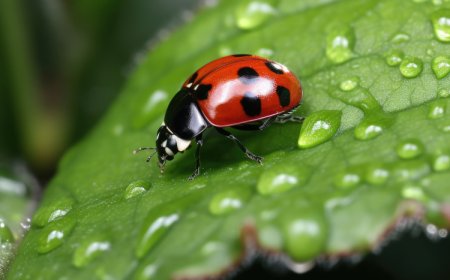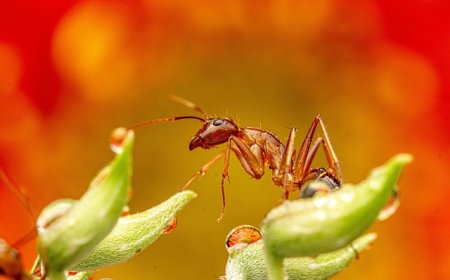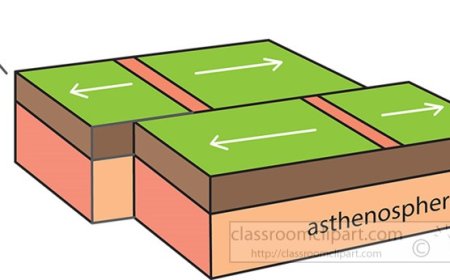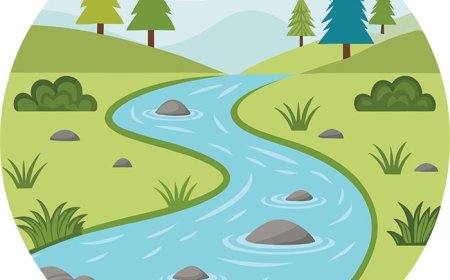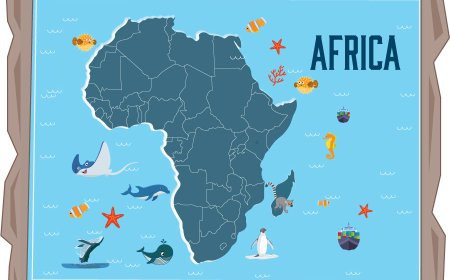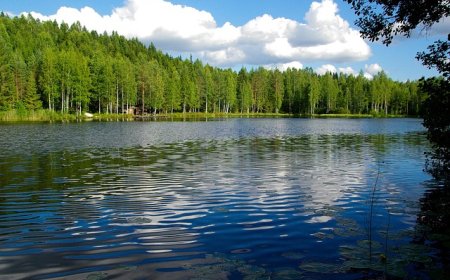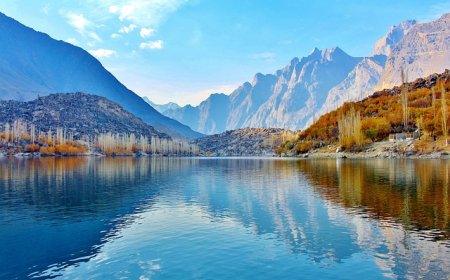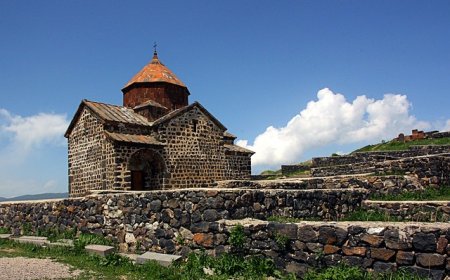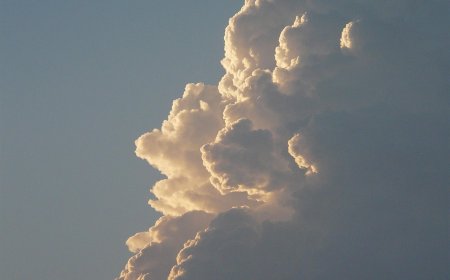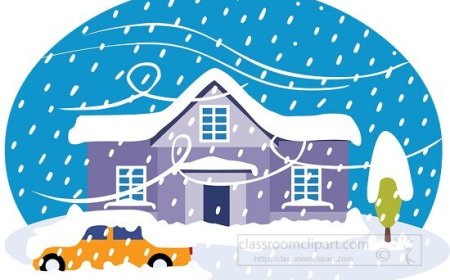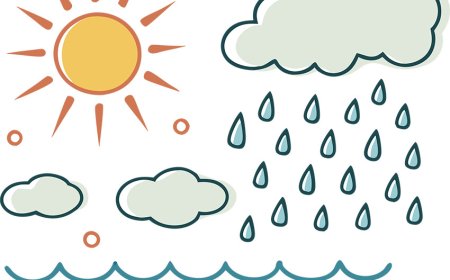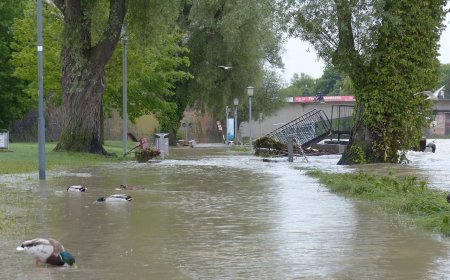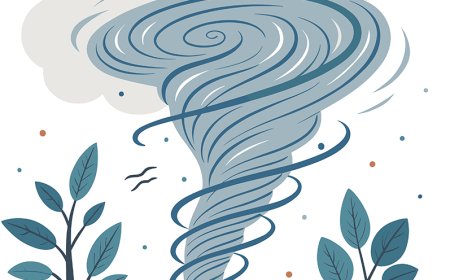What Is Weather? – Understanding the Science of the Sky
Learn what weather is, how it's different from climate, and why it matters. Discover weather tools, conditions, and how the atmosphere affects our everyday life.
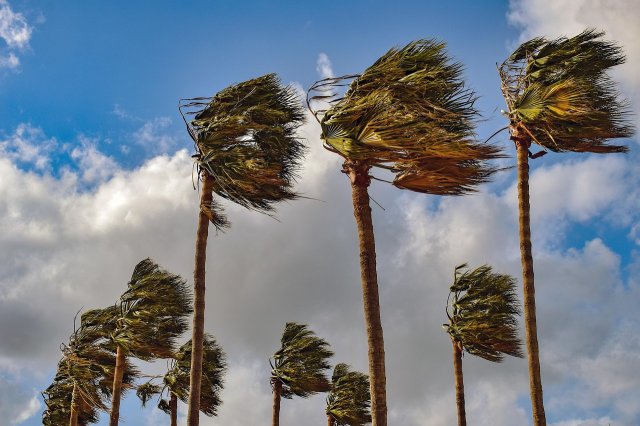
🧭 Introduction
Every day, the weather changes around us. Sometimes it's sunny and warm; other days it might rain, snow, or get windy. But what exactly is weather? Weather is the condition of the atmosphere—the air around Earth—at a certain time and place. It includes things like temperature, humidity, wind, and precipitation. Understanding weather helps people dress properly, plan events, grow crops, and even stay safe. It’s one of the most important parts of Earth science and something we all experience, every single day.
🌍 Weather vs. Climate
It’s easy to mix up weather and climate, but they are not the same.
Weather is what’s happening right now or over a few days. For example: “It’s raining today” or “It will be 70°F tomorrow.”
Climate is the average weather in a place over many years. For example: “The climate in the desert is hot and dry.”
Think of weather as your mood and climate as your personality. Weather changes often, but climate stays mostly the same over time.
🌤️ What Makes Weather Happen?
Weather is created by the movement and interaction of air, water, and heat in the atmosphere. The Sun plays a big role—it heats the Earth's surface unevenly, causing warm air to rise and cool air to sink. This creates air pressure differences, which leads to wind, cloud formation, and storms.
Important ingredients in weather include:
Air temperature – how hot or cold the air is
Humidity – how much water vapor is in the air
Wind – moving air caused by pressure changes
Clouds – made of tiny water droplets or ice
Precipitation – rain, snow, sleet, or hail that falls from clouds
Air pressure – the weight of the air above us
When these elements interact, they create weather systems like cold fronts, warm fronts, storms, and sunshine.
🧪 Tools Meteorologists Use
Scientists who study and predict weather are called meteorologists. They use special tools and machines to collect data from the atmosphere:
Thermometer – measures air temperature
Barometer – measures air pressure
Anemometer – measures wind speed
Hygrometer – measures humidity
Rain gauge – measures rainfall
Weather satellites – take pictures and gather data from space
Radar – helps detect storms and precipitation
These tools help meteorologists understand what the weather is doing now and what might happen next.
☁️ Types of Weather Conditions
Weather can be calm, dangerous, cold, or hot. Some common types of weather include:
Sunny – clear skies with lots of sunlight
Cloudy – skies covered with clouds
Rainy – water droplets fall from clouds
Snowy – frozen precipitation that looks like flakes
Windy – strong moving air
Stormy – thunder, lightning, and heavy rain
Foggy – clouds near the ground reduce visibility
Different combinations of these conditions make up what we experience throughout the day.
🏡 Why Weather Matters
Weather affects everything around us:
What we wear – jackets, shorts, boots, or raincoats
Travel – flights and roads can be delayed or closed due to storms
Farming – crops need the right balance of sun and rain
Safety – people need to prepare for storms, hurricanes, or heatwaves
Mood and energy – bright days may feel cheerful, gloomy days less so
Because weather can change quickly, it's important to check forecasts and understand how to stay safe during extreme conditions.
🛰️ Weather Around the World
Not all parts of the world have the same kind of weather. Near the equator, it’s often hot and rainy. Near the poles, it’s cold most of the year. Weather is shaped by:
Latitude (distance from the equator)
Elevation (height above sea level)
Oceans and lakes
Mountains
These factors make places like deserts dry, rainforests wet, and mountain tops snowy even in summer.
📚 Vocabulary Words
Word Definition
Atmosphere The layer of air surrounding Earth
Precipitation Rain, snow, sleet, or hail falling from clouds
Humidity The amount of water vapor in the air
Meteorologist A scientist who studies and predicts weather
Forecast A prediction of what the weather will be like in the future
💡 Interesting Facts About Weather
The Sun is the main source of all weather on Earth.
The highest temperature ever recorded was 134°F (56.7°C) in Death Valley, USA.
Tornadoes can spin up to 300 miles per hour!
Some clouds can weigh millions of pounds but stay in the air.
Weather on other planets can be wild—Jupiter has a storm bigger than Earth!
👧 Kid-Friendly Summary
Weather is what happens in the air around us every day—like sunshine, rain, or snow. It's made by the Sun, moving air, and water. Scientists use special tools to study weather and help us know what’s coming. Weather helps farmers grow food and tells us how to dress for the day!
✅ Interactive Quiz
Q1: What is weather?
A. The same thing as climate
B. The air condition at a certain time and place ✅
C. A type of storm
D. The Earth's rotation
Q2: What tool measures air temperature?
A. Barometer
B. Radar
C. Thermometer ✅
D. Hygrometer
Q3: What does a meteorologist do?
A. Catches fish
B. Studies animals
C. Builds homes
D. Studies and predicts weather ✅
Q4: What kind of weather happens when frozen water falls from clouds?
A. Rain
B. Fog
C. Snow ✅
D. Wind
Q5: What is the layer of air around Earth called?
A. Clouds
B. Sky
C. Atmosphere ✅
D. Jet stream
Scoring:
5/5 = 🌦️ Weather Wizard
3–4 = ☁️ Sky Explorer
1–2 = 📘 Time to Forecast More Fun




